“Each flower is a soul opening out to nature.” Flowers are beauties to behold and they are just like our souls opening up to the nourishment and adornment of nature.
As lovers of flowers, we have decided to cover beautiful, fascinating, and astonishing flowers that starts with Q in this article.
I bet you would be surprised to discover some flowers you never heard of or thought existed especially concerning our royal beauties, the “Queen flowers”
This list, however, is not exhaustive as there are other but limited names of flowers that start with the letter Q out there but we have just decided to include a few that spark your interest.
Table of Contents
Name Of Flowers That Starts With Q
1. Quesnelia (Quesnelia quesneliana)
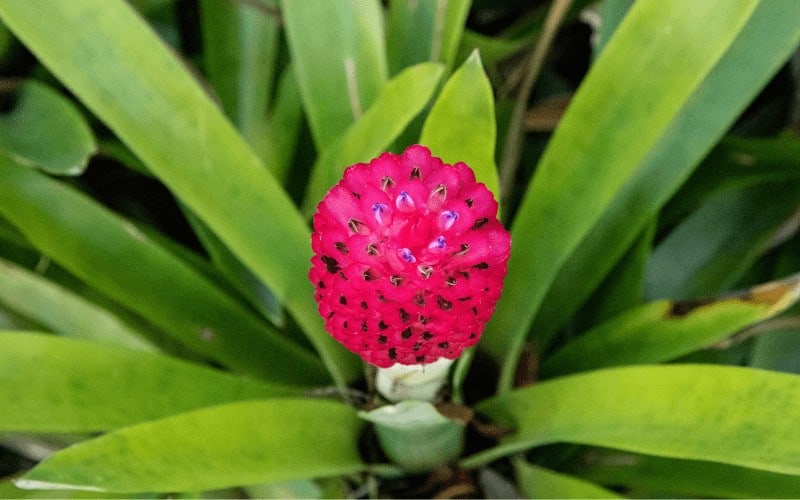
Quesnelia is a genus of about 20 species of flowering plants in the family Bromeliaceae popular in eastern and southeastern Brazil.
The flowers are cone-shaped and bloom in winter. Quesnelia derived its name from M. Quesnel, a former consul in French Guiana.
Quesnelia is easy to grow and requires low maintenance which means your full attention is not required once they are planted.
They also symbolize endurance and hardiness. The flowers are usually in red, blue, pink, and yellow and prefer moist and well-drained soil.
They require full or partial sun with average water need and low maintenance as aforementioned.
2. Quince flower (Chaenomeles speciosa)
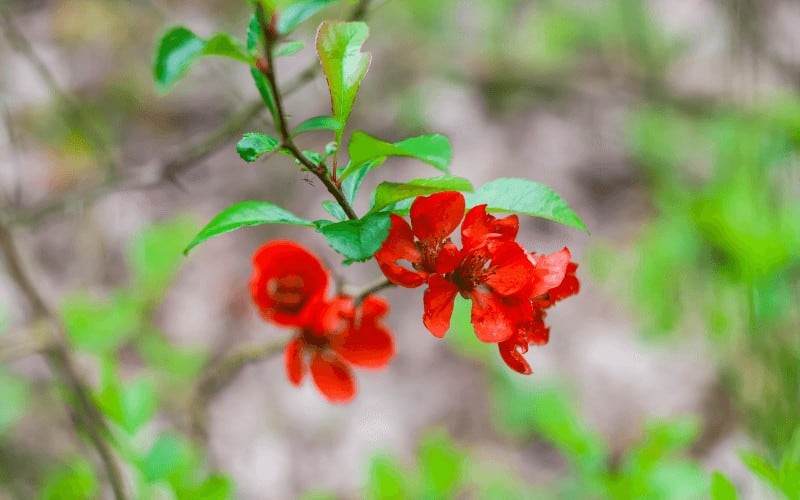
Regarded as the sole member of the genus Cydonia in the family Rosaceae and alternatively called Japonica. It’s popularly known for its apple-like and pear fruit which can be used in jams and jellies, also a source of food.
Quince grows in any location with well-drained soil, full sun, partial sun, or light shade. They bloom in winter and spring.
The flowers are white, pink or red. They are hardy, drought-tolerant, and tolerate both sun and shade but require sunlight to produce large flowers and ripe fruits. Like a Quesnelia, it does not require much maintenance.
It is advisable to plant quince in the fall so you can enjoy flowers the following spring and should be exposed to sunlight, especially for the best flowering quality.
3. Queen’s Cup (Clintonia uniflora)
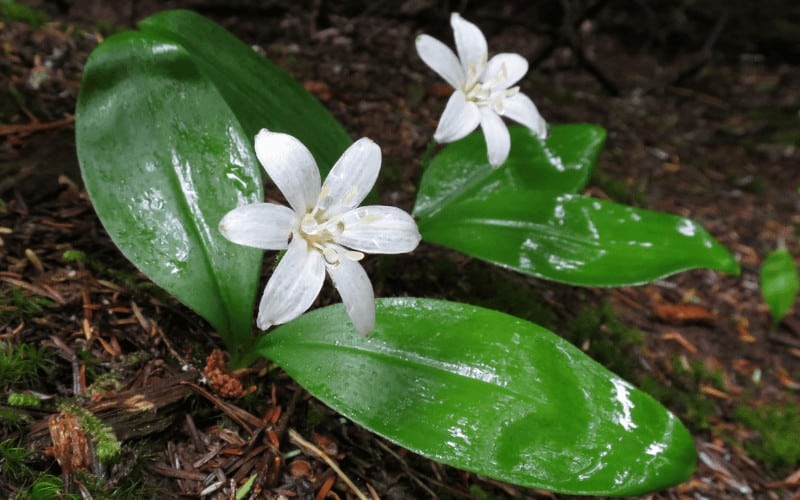
Also known as Clintonia uniflora, bride’s bonnet or bead Lilly. It belongs to the species of the lily family Liliaceae, native to the mountainous region of North America.
It typically bears a single flower but occasionally there will be an inflorescence of two flowers.
Queen’s cup usually would live up to thirty years or more, flowers around late May and July, and matures fruit from late July to September but may take up to four years before they flower.
Feathered wildlife such as birds and deer feed on this flower but is considered not acceptable by humans.
They are used in eye medicine by the indigenous peoples of the Pacific Northwest with color usually white. They tolerate partial sun but are not palatable towards a heavy shade. `
4. Queen of Sheba (Thelymitra speciosa)
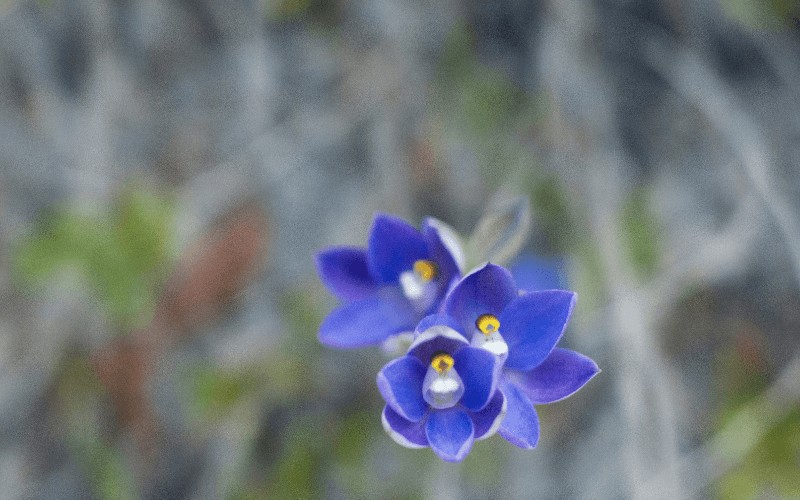
Just like the famous queen of Sheba, it is special and in no way common. They are very rare and have no other like it in the orchid world.
Queen of Sheba is of the orchid family, the largest plant family with 25,000 species. It is commonly referred to as the Holy Grail of the orchid family.
Queen of Sheba has a very unusual flower with purple and pink colors, dark purple spots, and petals outlined with bright yellow gold.
They bloom in winter and flowering would usually occur in August and September.
5. Queen’s Tears (Billbergia nutans)
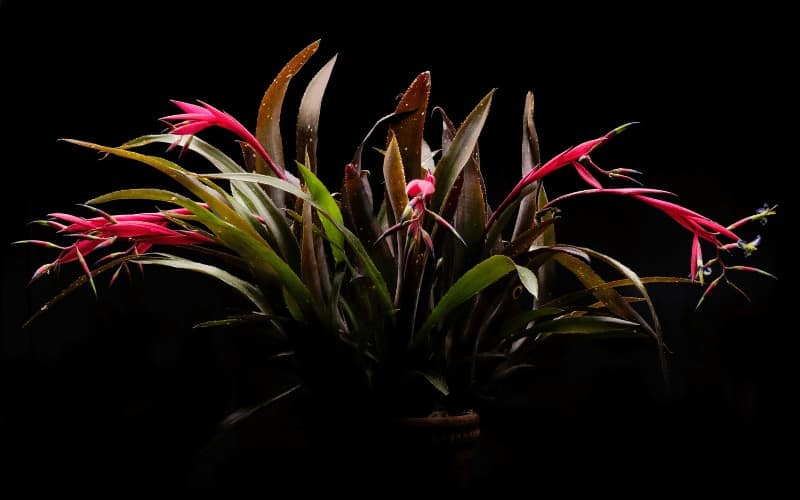
Just as a layman would think, this is not in any way connected to tears or royal tears but then it can withstand periods of neglect and adds a perfect luster to any home garden.
Queen’s tears belong to the bromeliad family, native to Brazil, Uruguay, and Argentina. It is also referred to as the Billbergia Nutans.
It can be grown alongside another plant or in a pot, taking its moisture from the leaves and flowers while its root remaining shallow.
It ends up producing long and tough leaves that have a leathery feel. It does not work well with full sunlight especially in summer but a partial shade or sun is required.
It also requires an orchid or bromeliad soil and does best in warm, humid conditions.
If left outside, it may attract garden pests but wiping the leaves with alcohol and making use of insecticidal soaps but the soap should be rinsed off after application.
6. Quaker ladies (Houstonia caerulea)
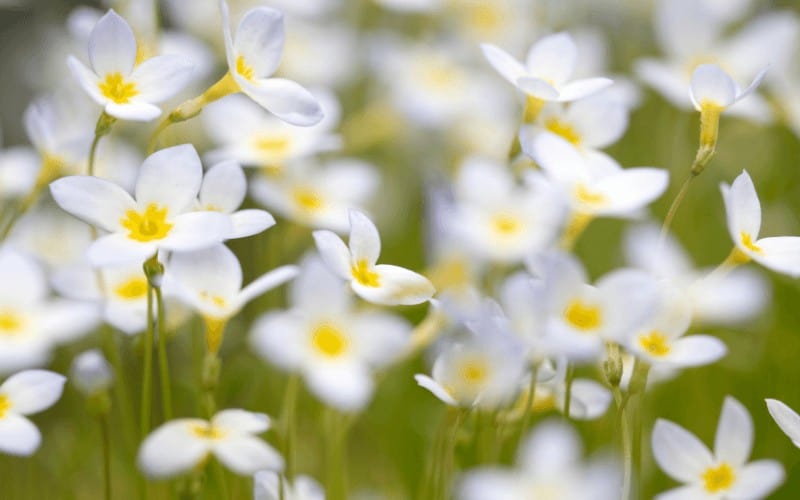
Quaker ladies, azure bluet or houstonia caerulea is a perennial species in the family Rubiaceae. It is native to eastern Canada and the United States.
They produce showy flowers and are pale blue with yellow centers, tubular, four-lobed, solitary, and terminal.
Quaker ladies do well on moist acidic soils and when grown among grasses of lawns and fields but extra care should be taken when mowing.
They thrive on loamy, sandy, clay, well-drained soil and prefer dry or moist soil. They are noted for attracting wildlife.
7. Queen Annes’s lace (Daucus carota)
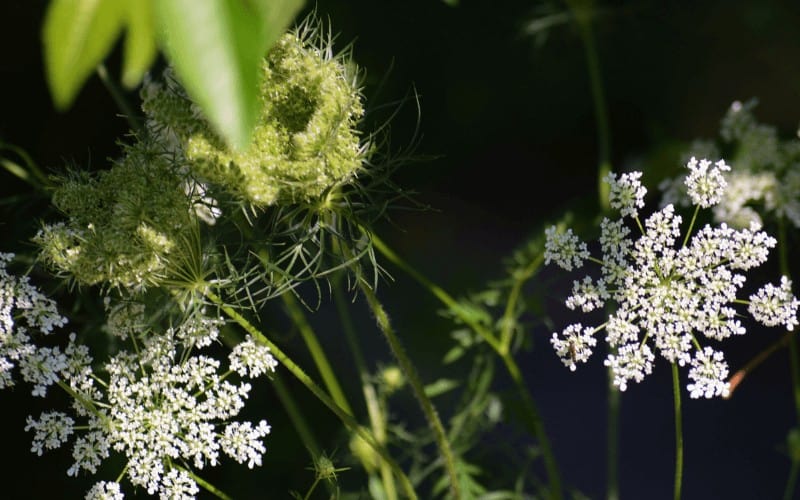
Other common names include wild carrot, daucus carota, bird’s nest, bishop’s lace. It is a white flowering plant in the family Apiaceae.
The name was derived from Anne, Queen of Great Britain, and her great grandmother, Anne of Denmark.
It got the lace from its resemblance of lace, a popular and prominent fine clothing of the day, and the red flower, a representation of Queen Anne’s blood when she was making the lace with a needle.
Queen Annes’s lace is a biennial, cultivated by Europeans and eaten as vegetables by Roman.
The flower cluster starts curled out and opens to allow pollination and then shut in again like a reverse umbrella when it goes to seed at the end of the season.
They are found in fields, meadows and mostly do well in a dry environment. They can however cause skin irritation when brought in contact with the skin.
Recommended Posts:
- Flower Names In Alphabetical Order
- Names Of Flowers That Starts With K
- Flowers That Begin With P
- Hoya Krimson Princess Care
- Types Of Palm Trees
Conclusion
Taking your bows with the Queens, we really do hope you had a good time checking out the royal flowers that starts with Q that we have compiled.
There are other lists out there but we would like your feedback on which one you found fascinating most.
We also hope you do explore these flowers in beautifying your environment.




